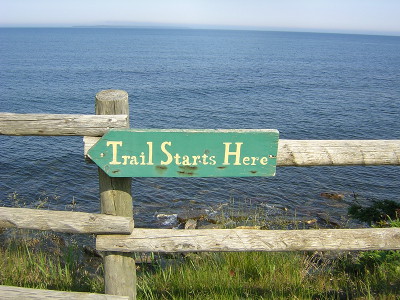 What are you tolerating right now in your business? In your office? On your task list?
What are you tolerating right now in your business? In your office? On your task list?
What goals are you tolerating right now?
You know the one (or maybe ones) – the goal that you look at, sigh, and decide to work on something else.
Why did you set that goal? What was the intent?
Actually spend some time thinking about it – what goal are you tolerating and why did you set it. Go ahead, think. I promise these words will be here when you get back.
…
…
Ok, now that you’re back, I’m wondering – does that intent still apply? Or, have you accomplished that intent in a different way? Maybe you don’t need to spend time on that particular goal anymore because the intent of the goal was met by something else.
Or, maybe your focus has changed slightly and doing that goal doesn’t really make sense anymore.
Or, maybe it seemed like the next logical step, but it doesn’t really feel right for you right now.
Whatever the reason, it’s still on your list, whether it’s a mental list or a written one, this goal is still there and incomplete.
I’m going to reference something I wrote about to-do lists that can also apply to goals: they are there to help you, work for you and you do not work for them. Or – you set the goals, they don’t set you.
Sometimes your priorities, in business or life, change. And when your priorities change, your goals usually change too. And sometimes it’s not your priorities that change, sometimes your focus changes. You have the same priorities, but the way you support them was adjusted. And again, that probably means your goals will change a bit too.
This came up because I was talking with someone who realized that they had a blind spot in their business around their follow-up process. She wanted to address it immediately, but she didn’t have the time to do that and meet all of the goals she set for herself. Which was really frustrating, because she knew that what she was doing for her other goals could be more effective if she addressed the blind spot.
She felt that when you set a goal you don’t change it. Either you meet the goal or you don’t, but you can’t change it.
The result of trying to meet her other goals and leaving the blind spot alone for now? Frustration! It felt almost counterproductive to continue working on those other goals.
When she realized she didn’t have to, that she could postpone them, change them or let them go – she was so happy! So happy that she dived right into clearing up that blind spot with a whole lot more enthusiasm than she had for any of those goals she was tolerating!
Again, goals are there to support and help you, when they stop doing that, they’re no longer serving their purpose, and incidentally – your purpose. And when they’re no longer doing that, it’s time to make some changes.
What goals are you tolerating? What changes will you make? Share below with a comment!









 Whenever I talk about task lists, whether in a presentation or with clients, I hear about how they’ve tried making lists, but it just doesn’t work for them. And if they had a system for keeping track of their goals and tasks that was working for them, then I’d leave it alone. However, they usually don’t.
Whenever I talk about task lists, whether in a presentation or with clients, I hear about how they’ve tried making lists, but it just doesn’t work for them. And if they had a system for keeping track of their goals and tasks that was working for them, then I’d leave it alone. However, they usually don’t.